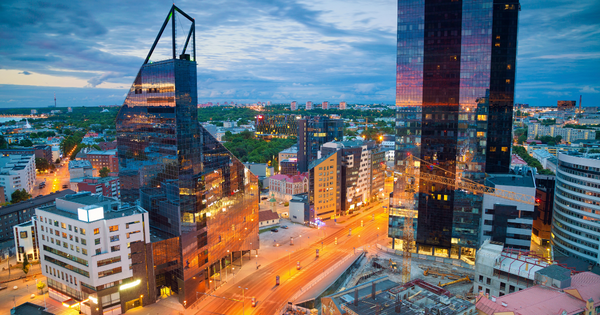Fashion is a language we all speak. It frames our identities, signals belonging, and carries our cultures from one generation to the next. But the story behind our clothes is far more complex than a runway or a shop window suggests. The rise of fast fashion has accelerated trend cycles to dizzying speed, flooding the market with ultra-cheap garments designed to be worn a handful of times and then discarded. The consequences ripple outward: water depletion and pollution, mountains of textile waste, enormous carbon emissions, and social harms that fall hardest on the most vulnerable workers in global supply chains. Sustainable fashion is the counter-narrative. It asks us to slow down, to value craft and care, and to build wardrobes that respect people, animals, and the planet.
Understanding the true cost of clothing begins with water. Cotton, the world’s most common natural fiber, is thirsty. Producing a single cotton T‑shirt can require up to 2 700 liters of water—enough for one person’s drinking needs for roughly 900 days. In regions already stressed by drought or over-extraction, this demand intensifies competition for a basic human necessity. Dyeing and finishing fabrics compounds the problem: textile dyeing is one of the largest polluters of clean water globally, with untreated or poorly treated effluent carrying toxic chemicals and microfibers into rivers and seas. If you’ve ever seen footage of waterways turning the color of the season’s palette, you’ve glimpsed the hidden aesthetic of fast fashion’s speed.





